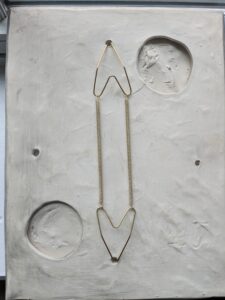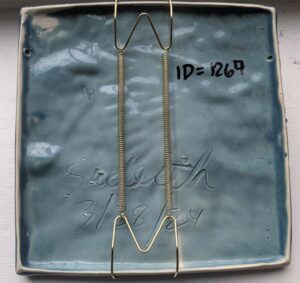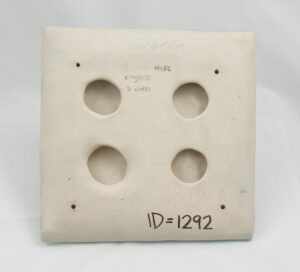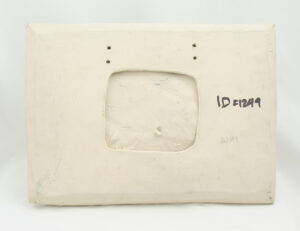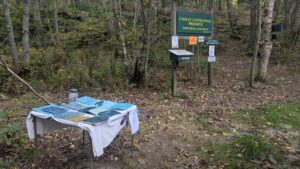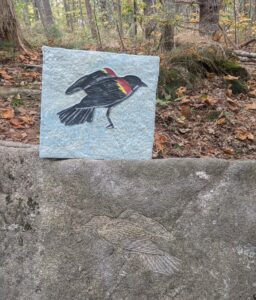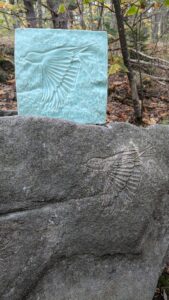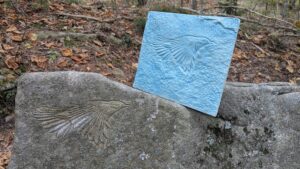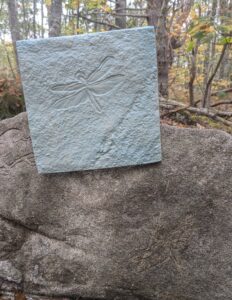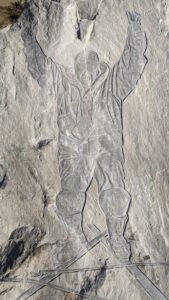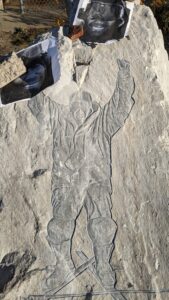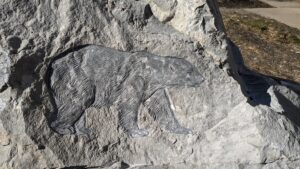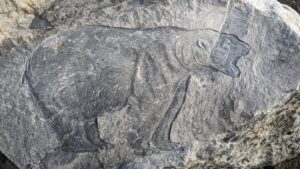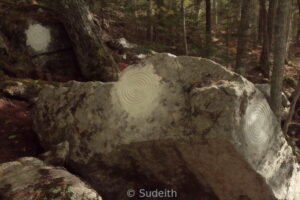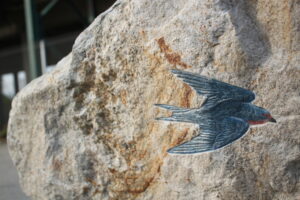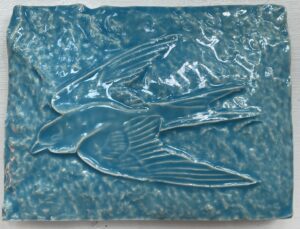These last two months we’ve gotten some traction!
First, we became members of Made in NYC, a nonprofit initiative that supports local New York creators.
We got our first consignment with a shop called The WonderMart in Greenpoint where 12 ceramic works are being featured. Be sure to stop by! In May they will be at Perri’s (owner of The WonderMart) booth for Made in NYC week.
The ceramic piece “Sketches of Morris” is featured in Blue Line Art’s ceramic showcase “Off Center 2025” in Roseville, CA. If anyone is out in Cali to escape the cold, check it out and feel free to send me some photos!
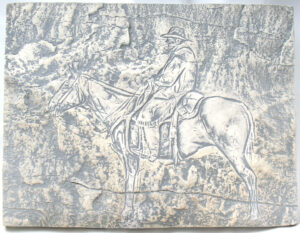
In April, I’m hosting a series of printmaking workshops for Earth Day. This will take place April 26, unless it rains, in Hallowell, Maine. I am also hosting paper and printmaking workshops on May 3, in Rockaway, Queens.
All exciting things! The ceramic petroglyphs are starting to sell and people are taking more interest in the work.

